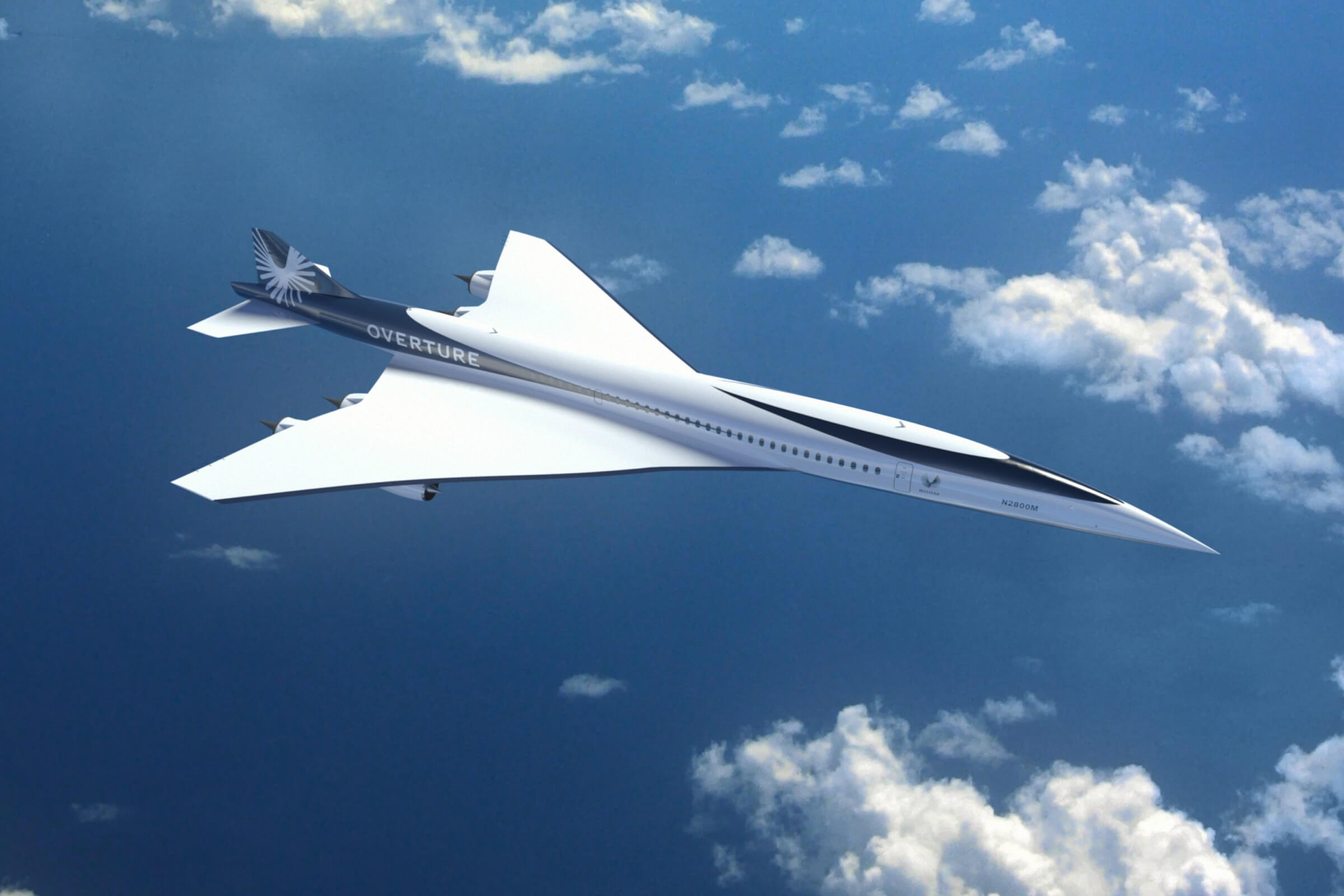Boom Supersonic has picked Piedmont Triad International Airport in Greensboro, North Carolina, as the site for the “superfactory” that will build its Overture

www.avweb.com
“Boom says construction will start this year and the first 65- to 88-seat aircraft will come off the line in 2024. Boom has 70 orders worth 14 billion for the aircraft from United and Japan Airlines and the U.S. Air Force is looking at military applications. The company is predicting it will have 1,750 workers by 2030 and 2,400 by 2032.”
tl;dr you can skip everything below where I'm just back-of-the-envelop estimating the costs of this thing. Or also skip everything above, too, I'm not your mother.
So, $200MM for an 88-seat supersonic jet.
List price:
- A321neo is $130MM (200 seats and 2300 nm for a full load)
- A350-900 is listed at $317MM (306 seats and 7000 nm)
That MIA-LHR flight they mention averages $1,000 per ticket. A full-load A350 would generate ~$306,000 and cost ~$260,000 to operate ($850 per seat), leaving $46,000 ($150 profit per seat) in an
ideal scenario. Then say it does that 110 times per year for 20 years (1000 hours / 9 hour flights). That's $101MM profit on a $317MM investment (again, simplifying and using list prices everywhere)
So assuming they manage to make this jet for only $200MM per unit...
To get the same ROI on $200MM the would need to earn $63.8MM. They say they can make that nine-hour flight in five hours, and let's pretend they'll have the dispatch reliability of an Airbus, that makes 200 operations per year. So they would need to net $16,000 per flight ($180 profit per seat). I'm starting to see how naive or willfully-blind VC money could get interested; that number is close-enough for "version 1".
In airlines there's a rule-of-thumb that the cost of operating a flight breaks into three very-roughly equal parts: fuel, labor, equipment & facilities & marketing, etc. (note: it's a lot easier to put the squeeze on your employees than it is the oil companies or Airbus, Boeing, or the airports). And let's say Boom's engineers are good and they get a payload fraction equivalent to an A350 (they won't because it's a smaller jet, but they might get close and blow through that $200MM cost). Fisics says their burn per seat is still going to be worse -- much worse than the A350; say 6X per seat (
seriously). Lastly, let's say they tricked some Riddle grads into flying a shiny jets for the productivity of an 88-seat RJ. That's going to squeeze-around the those roughly-equal thirds quite a bit.
Again for that MIA-LHR flight, lets say:
- $150,000 for fuel
- $25,000 for labor
- $25,000 for equipment et al (I dunno, read your own damn 10-K to see what it's called)
$200,000 to operate plus that $16,000 profit equals $216,000. Divided by 88 seats equals $2,450 per ticket. I'm "most confident" in that fuel number, so if the labor catches on, or the aircraft is a MX hog and the 1/3s ratio still holds, that would push the ticket price up to $5,300. To break-even with an A350!
$1,500 to $4,300 to save eight hours (out and back). It's a PR scam: get legislatures to relax supersonic aircraft restrictions so "airlines" can do more business and foster technology growth. When really its gonna be a bunch of rich nobles wang-swinging about how fast their niche-market private jets are. Megayachts for people who think Gulfstreams are too accessible.





